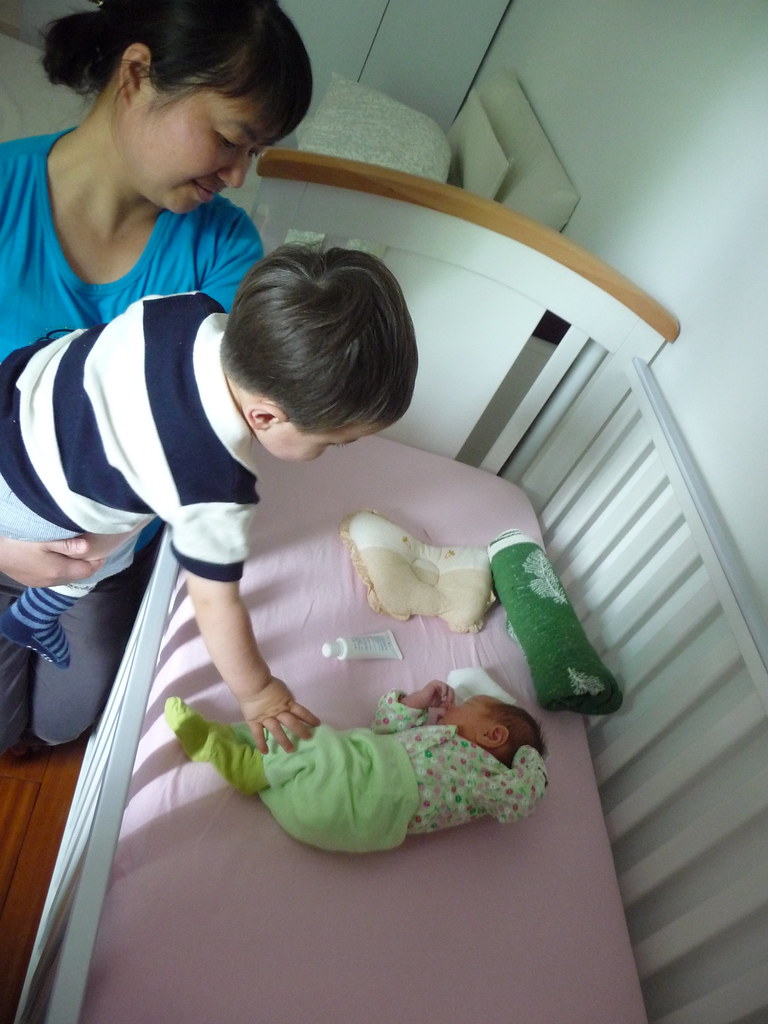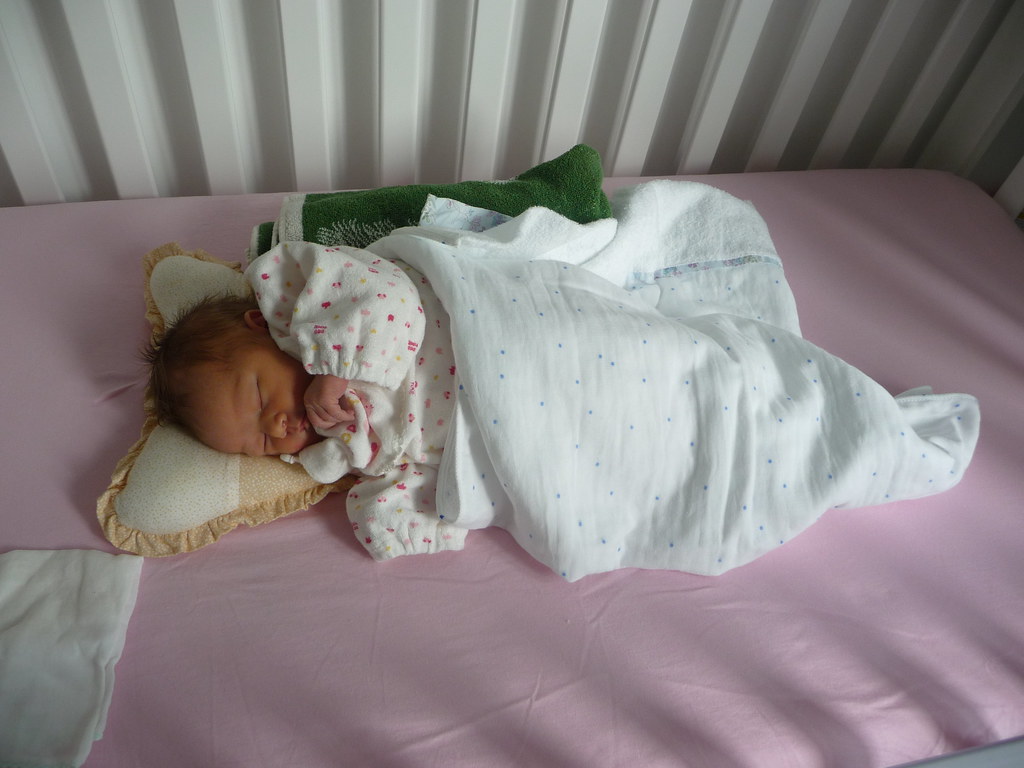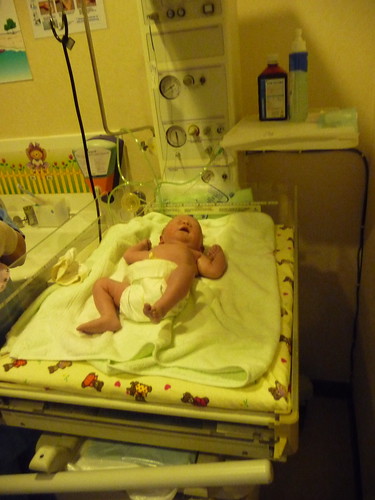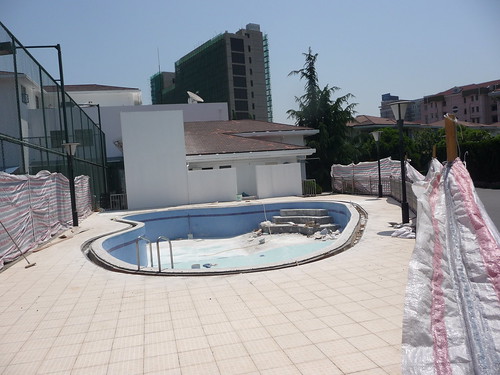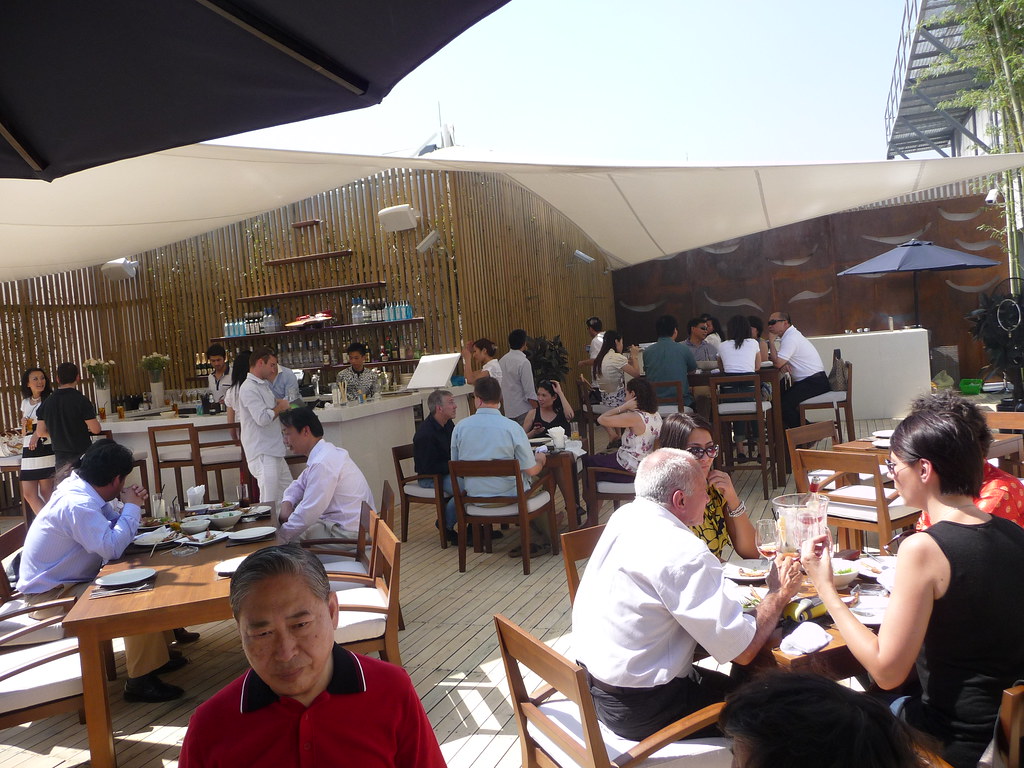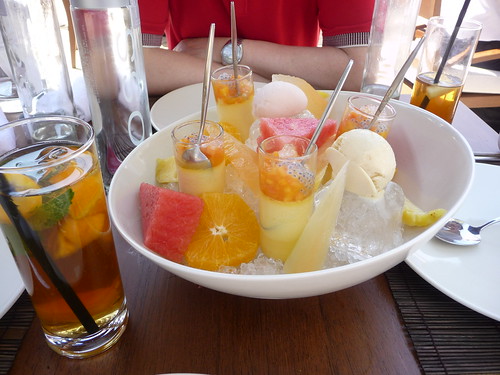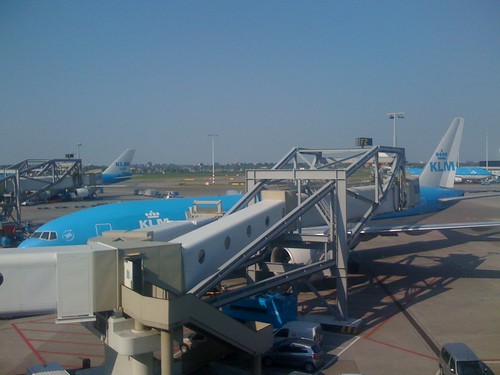 I urgently need to fly to Holland this week, so last night I went to the klm.com site to book a return ticket from Shanghai. I also needed to book another return ticket from Amsterdam, so I decided to book that as well. At first everything went relatively well. The site was a bit slow, but that’s something I am used to when browsing the KLM site in China. Because the last time I used klm.com was in Holland it was still set to departure country Holland, so I first had to manually delete the cookies in order to get a departure city outside of the Netherlands.
I urgently need to fly to Holland this week, so last night I went to the klm.com site to book a return ticket from Shanghai. I also needed to book another return ticket from Amsterdam, so I decided to book that as well. At first everything went relatively well. The site was a bit slow, but that’s something I am used to when browsing the KLM site in China. Because the last time I used klm.com was in Holland it was still set to departure country Holland, so I first had to manually delete the cookies in order to get a departure city outside of the Netherlands.
I started by booking the flight Shanghai-Amsterdam-Shanghai. I selected the dates and the site told me there were tickets available for RMB 3800, amazingly low. I read about their special promotion for flights to Europe before, but did not imagine that they would still have tickets available a few days before departure. In the past I was always wary about these promotional prices, because lots of taxes and surcharges would be applied. But last year the Dutch government issued a law saying that airlines are not allowed to show prices without taxes and surcharges anymore. KLM was one of the first to publicly announce that they would follow this strictly. But not too strictly it turns out, because when I looked at the end price they added an additional RMB 2400 to the price! They have to make money, so I am not going to bash them for that, but I find it a bit misleading when they announce in Holland that all their prices are including taxes and surcharges, but when they don’t follow that if you log on from China. Anyway, so far so good.
When I selected the exact flights that I wanted to take (KLM has day and night flights from Shanghai and they also do code shares with Air France) I wanted to confirm my selection. And what happened? There was no confirmation button on the site! I refreshed it (which took another 2 minutes) and again the same problem. I decided to start all over again, but 10 minutes later I had the same problem, the site did not load any further. I could not proceed to do the actual booking. Why? Probably because KLM has no servers within China’s Great Firewall. That also explains why the site is so slow all the time, and why it sometimes does not load at all. KLM has probably no clue about this, because their staff never makes any online bookings themselves.
I decided to make the round trip booking from Amsterdam first. Because now I had a Dutch departure city the site and booking procedure were completely different. I wonder why? Would it not be much easier to have one booking engine? Anyway, I am not their CTO so I don’t know their internal reasons, but it does not seem like the most efficient way to build your website. The booking went easier than the flight booking from Shanghai, until I wanted to confirm the exact flying time. This time there was a confirmation button, but on the next page I got an Error 500 message (without any further error description, very user friendly…). I retried to do the whole booking and again had the same problems.
At the same time I started Twittering about it, and several of my followers replied with similar negative KLM experiences. I had a bit of fun about that, but was getting very angry at KLM’s amateurism at the same time. This whole thing had cost me almost an hour, and it’s not the thing I prefer to do at 10pm on a Saturday night. I finally tried to do the booking one more time, and this time it went through! Maybe less traffic on the site? I don’t know, but this time there was no Error 500 message. I paid with my KLM credit card and everything seemed to be confirmed, until I received a message that the credit card details were incorrect. Huh? I checked them all, but they were right. I use this card all the time and never have trouble, but when using the KLM card on the KLM site I get an error message? I tried it one more time, and again got the same message. On Twitter someone told me that KLM was having trouble with their payment partner, which may have caused the problem with my card. Could be, but why not let the customer know instead of only telling me my details are wrong.
I decided to give the Shanghai booking one more try, but here I failed again at the same point as before. On Twitter someone suggested to use the Air France site (KLM and Air France merged a few years ago), and that worked much better than the KLM site. But the AF site did not show any direct flights between Shanghai and Amsterdam! Amazing, if you want to fly from Shanghai to Amsterdam you are forced to fly over Paris, instead of taking the direct flight. At least the KLM site still shows the indirect Air France flights, but AF did not reciprocrate with the direct KLM flights.
I gave up and decided to give my parents a call. They are in Holland, and presumably the KLM site works better there. And that was the case. They could book the Shanghai-Amsterdam-Shanghai flight without any problem. Well, with one problem: my credit card details were once again refused. So they used their own card and the booking was confirmed. Then they booked the other flight for me, which went fine as well. Here they also had the option to pay by iDeal (a Dutch online banking tool) and the money was paid from my Dutch bank account. Don’t ask my why you cannot pay flights originating from outside Holland by online banking, and typical KLM: not customer oriented. Their own staff probably does not even know, because they never use the site themselves.
In total it took me 90 minutes, but then I had my reservations. KLM sent me a confirmation by email, but when I read it I got a surprise. Part of the message read:
If the card holder is not one of the passengers, card holder must fax the 2 sides of credit card used for ticket purchase, along with a valid picture ID & a signed attestation to KLM’s Sales and Service Center, 24 hours before departure (Fax no: 020 38785225). Please contact us to receive the attestation form. In Guangzhou and Shanghai, cardholder can also come personally to the airport the day of departure with his ID and credit card.
So my parents would have to fax all kinds of info to KLM together with an attestation form (for which no contact number was provided, by the way). Not only is that very customer unfriendly, but it was a problem as well, because my parents don’t have a fax machine at home. And because of a public holiday they could not go to a post office to fax either before I would fly. This made me even more angry with KLM. Why do they not warn you while booking? They just assume their customers accept anything? I fly KLM at least 10 times a year and I’m a Gold Elite member, but they treat me like a first-time customer who may be using a fake credit card. Come on guys, this is ridiculous.
After fuming about it for some time last night I decided to call the KLM hotline this morning. After being on hold for 10 minutes I finally got through and explained my story. I told them I would not able to provide the required information in time, and they told me I could not board the flight in that case. So what happened? I finally had no other possibility than to cancel my booking. So now I am back to where I started off, and I hope I can still get a seat on the flight to Amsterdam. Great job KLM, this is exactly how you should treat your most loyal customers in difficult economic times.
Update (June 3): Just received a letter from American Express, they blocked my KLM credit card because it had been used for an unusual transaction. I used it to pay for a big part of my wife’s c-section (tot
al over EUR 10,000), which was more than I normally spend. This was the reason the card did not work on the KLM site. Of course it just not change all the other complaints that I had 🙂


